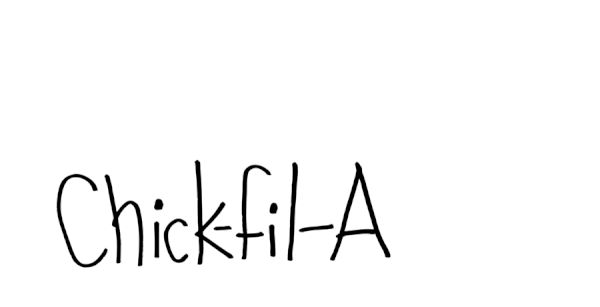Big-name brands all use animated GIFs as part of their content marketing mix.
Here’s a quick sketch Valentine’s Day idea I did for Chick-fil-A.
I could almost hear honky-tonk music as I watched it, so I converted it to video format so
I could add a soundtrack.
I got the track from the YouTube Music Library. It’s by composer Kevin MacLeod, and it was the first thing I listened to. The title: If I Had A Chicken. No, I’m not kidding.
GIFs are old school (they were introduced back in 1987), but they’re extremely popular. They have a lot to offer brands:
- highly visual, which makes them memorable
- “cooler” than static images, but a lot cheaper than video
- since they’re part of internet culture, they help brands look “with it”
- mobile-friendly
- have an emotional appeal that makes people want to share them
- can be used for stories and announcements (new product, special sale)
- appeal to people who aren’t receptive to traditional advertising
- perfect for humor to help humanize a brand
- can be used for email marketing to boost engagement
- prompt brands to think outside the box and do something different
 Here are a few examples of brands posting animated GIFs to Twitter:
Here are a few examples of brands posting animated GIFs to Twitter:
Oreo makes its famous cookie part of New Year’s Eve:
Counting down 'til the first #Oreo cookie of the new year... have a delicious 2016! https://t.co/WDqMzVRS9d
—
Oreo Cookie (@Oreo) December 30, 2015

 Fiat shows its car has horsepower:
Fiat shows its car has horsepower:
Unleash the #GIFs! For more #EndlessFun go to fiatusa.tumblr.com. http://t.co/pgFMNVlgvS
—
FIAT USA (@FIATUSA) June 18, 2014
 Digiorno Pizza serves up a new product:
Digiorno Pizza serves up a new product:
You’ll never have to order Crispy Pan Pizza again 😎 #PowerOfPizza https://t.co/OIek8yW88W
—
(@DiGiorno) July 14, 2017
 Starbucks conjures up a little Christmas magic:
Starbucks conjures up a little Christmas magic:
It's not a #CaramelBruléeFrappuccino. It's a snow globe for people who like yummy things. https://t.co/P24dAj8vSU
—
Frappuccino (@frappuccino) December 21, 2017
 Samsung pumps up interest in its Gear Sport Smartwatch:
Samsung pumps up interest in its Gear Sport Smartwatch:

